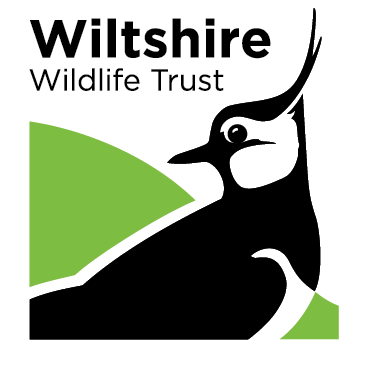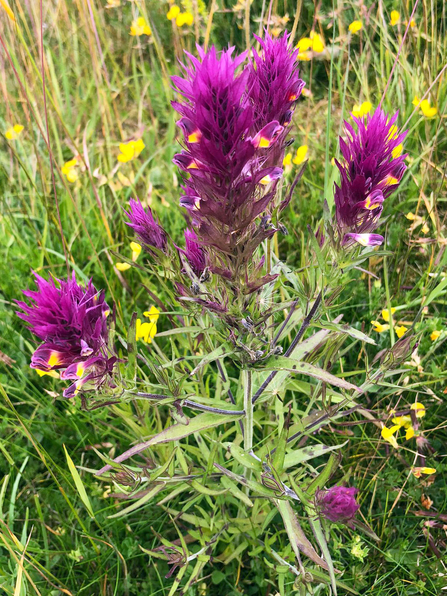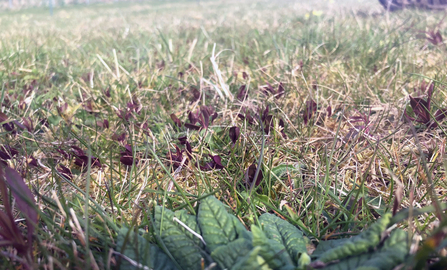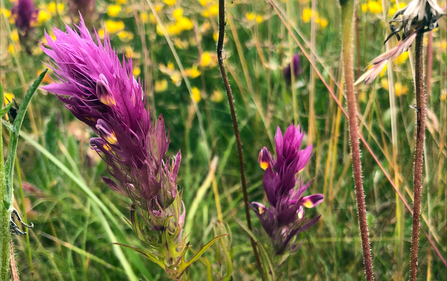Field cow-wheat (Melampyrum arvense) is a striking plant, sending up bright purple sprays of flowers in the summer. It is part of the broomrape family, a group of plants that specialise in parasitizing other plants so successfully that some of them don’t even bother putting out leaves. Field cow-wheat is itself a hemi-parasite, meaning that it gets some of its food from regular photosynthesis and some of it from the roots of its neighbours – favouring grasses.
It used to be a common sight along arable margins and within the fields, where it was considered a weed, but is now absent across much of its former habitat where newer agricultural practises have wiped it out. There is also an understudied link between its large, poisonous seeds and ants. On chalk sites and other biodiverse regions, it’s thought that ants carry the seeds away from the parent plant and spread it a short way, perhaps lured by a tasty outer coating or an intriguing pheromone. On newer sites without established ant colonies, the heavy seeds can form little pyramids right at the base of the parent plant.
Field cow-wheat is an annual, which means each plant only lives one year and it needs to shed its seeds for the next generation to grow. If one year’s population is wiped out, it probably won’t reappear the next year as the seeds can’t stay dormant in the soil for long.




